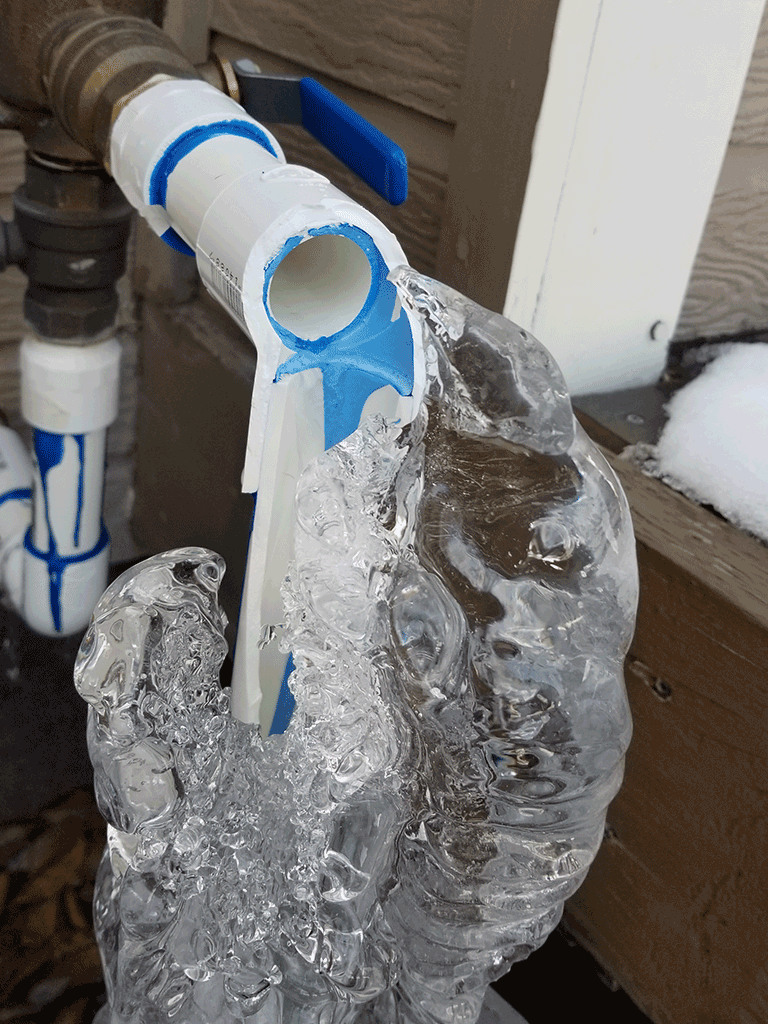Avoiding Frozen Pipes in Winter: Pro Advice
Avoiding Frozen Pipes in Winter: Pro Advice
Blog Article
Are you interested in suggestions concerning How to Prevent Your Pipes From Freezing?

Winter can damage your pipes, especially by freezing pipelines. Below's how to prevent it from occurring and what to do if it does.
Introduction
As temperatures drop, the risk of icy pipelines boosts, potentially resulting in costly repairs and water damages. Recognizing exactly how to prevent icy pipelines is vital for property owners in cold environments.
Prevention Tips
Shielding at risk pipes
Wrap pipes in insulation sleeves or make use of heat tape to shield them from freezing temperatures. Concentrate on pipes in unheated or outside areas of the home.
Heating strategies
Keep indoor spaces effectively heated, particularly locations with plumbing. Open cupboard doors to permit cozy air to circulate around pipes under sinks.
Exactly how to identify frozen pipelines
Try to find lowered water circulation from taps, unusual smells or sounds from pipelines, and noticeable frost on exposed pipes.
Long-Term Solutions
Structural adjustments
Think about rerouting pipes away from exterior walls or unheated locations. Add additional insulation to attics, cellars, and crawl spaces.
Updating insulation
Purchase top notch insulation for pipes, attic rooms, and walls. Appropriate insulation assists keep constant temperature levels and lowers the risk of icy pipelines.
Shielding Outdoor Pipes
Yard hoses and outdoor faucets
Separate and drain pipes garden hoses prior to winter months. Set up frost-proof spigots or cover exterior faucets with shielded caps.
Recognizing Frozen Pipelines
What triggers pipes to ice up?
Pipelines freeze when revealed to temperatures listed below 32 ° F (0 ° C) for prolonged durations. As water inside the pipes ices up, it expands, taxing the pipeline walls and potentially creating them to burst.
Threats and damages
Frozen pipelines can bring about water system interruptions, home damages, and expensive repair services. Burst pipelines can flood homes and trigger substantial structural damages.
Signs of Frozen Pipeline
Identifying icy pipes early can stop them from bursting.
What to Do If Your Pipes Freeze
Immediate activities to take
If you suspect frozen pipelines, keep faucets open up to ease pressure as the ice melts. Use a hairdryer or towels taken in warm water to thaw pipelines slowly.
Verdict
Protecting against icy pipes needs positive procedures and fast reactions. By understanding the causes, signs, and preventive measures, homeowners can secure their plumbing throughout winter.
5 Ways to Prevent Frozen Pipes
Drain Outdoor Faucets and Disconnect Hoses
First, close the shut-off valve that controls the flow of water in the pipe to your outdoor faucet. Then, head outside to disconnect and drain your hose and open the outdoor faucet to allow the water to completely drain out of the line. Turn off the faucet when done. Finally, head back to the shut-off valve and drain the remaining water inside the pipe into a bucket or container. Additionally, if you have a home irrigation system, you should consider hiring an expert to clear the system of water each year.
Insulate Pipes
One of the best and most cost-effective methods for preventing frozen water pipes is to wrap your pipes with insulation. This is especially important for areas in your home that aren’t exposed to heat, such as an attic. We suggest using foam sleeves, which can typically be found at your local hardware store.
Keep Heat Running at 65
Your pipes are located inside your walls, and the temperature there is much colder than the rest of the house. To prevent your pipes from freezing, The Insurance Information Institute suggests that you keep your home heated to at least 65 degrees, even when traveling. You may want to invest in smart devices that can keep an eye on the temperature in your home while you’re away.
Leave Water Dripping
Moving water — even a small trickle — can prevent ice from forming inside your pipes. When freezing temps are imminent, start a drip of water from all faucets that serve exposed pipes. Leaving a few faucets running will also help relieve pressure inside the pipes and help prevent a rupture if the water inside freezes.
Open Cupboard Doors
Warm your kitchen and bathroom pipes by opening cupboards and vanities. You should also leave your interior doors ajar to help warm air circulate evenly throughout your home.

Do you really like reading up on 6 Ways to Prevent Frozen Pipes? Make a short review down below. We will be delighted to listen to your opinions about this review. In hopes that you visit us again soon. Are you aware of somebody else who is curious about 6 Ways to Prevent Frozen Pipes? Why not share it. Thank you for being here. Don't hesitate to check our site back soon.
Click For More Information Report this page